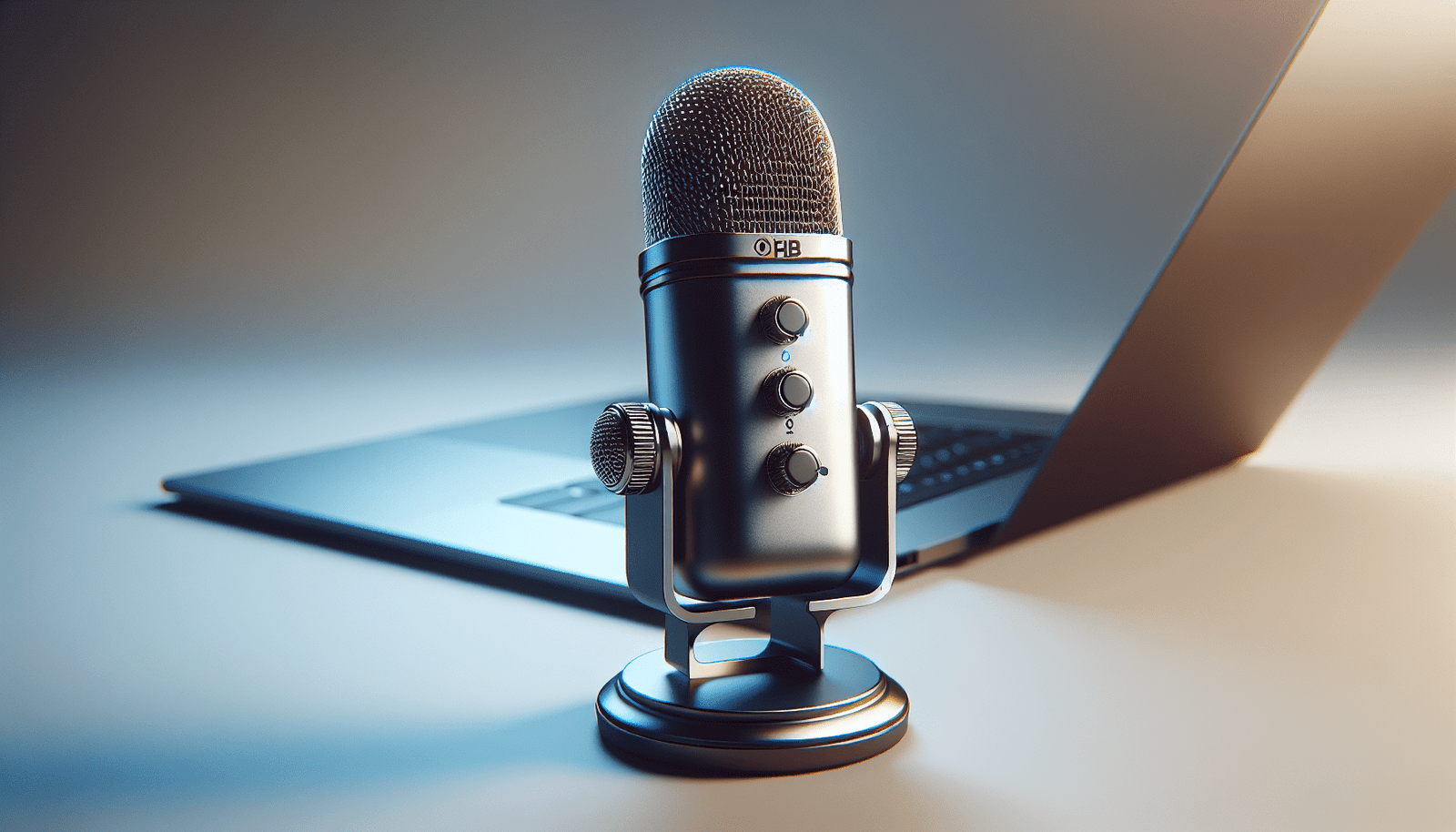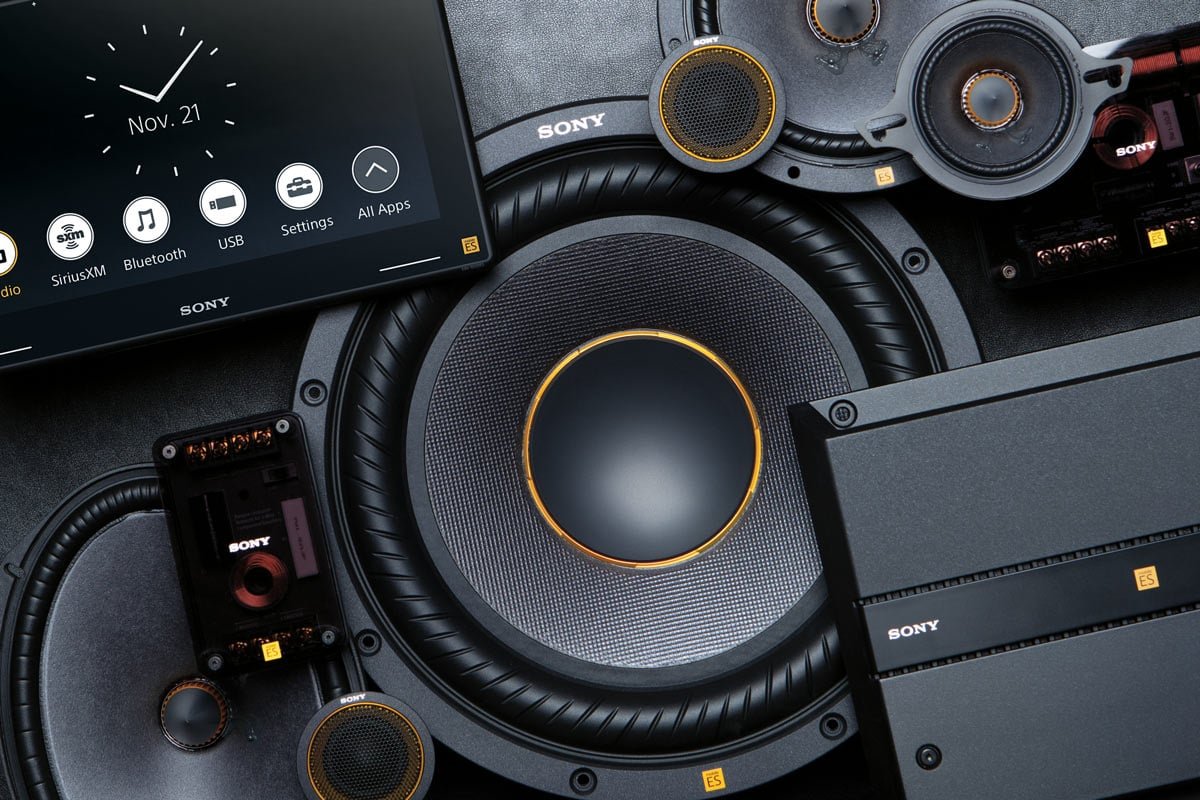Have you ever faced challenges with your microphone on Windows? It’s quite common for users to run into microphone issues due to driver problems. If you’re experiencing audio trouble, you might need to download or update your microphone driver. Let’s walk through everything you need to know about obtaining a microphone driver for Windows, focusing primarily on a free version for Windows 7.
Understanding Microphone Drivers
Microphone drivers are essential software components that allow your operating system to communicate with your microphone. They ensure that audio signals from your microphone can be processed properly by your computer. When you have a missing or outdated driver, it can lead to issues like poor audio quality, your microphone not being recognized, or complete audio failure.
What is a Microphone Driver?
In simple terms, a microphone driver is a piece of software that lets your computer understand audio input from a microphone. Each hardware component in your system, including microphones, requires drivers to function correctly. Without the right driver installed on your operating system, your microphone may not work at all.
Why Do You Need to Download a Microphone Driver?
If your microphone is not working properly or not recognized by your computer, downloading the correct driver is crucial. In some cases, your microphone might work sporadically or with poor sound quality, which can hinder communication during calls or affect recordings. A correct driver ensures that your microphone functions at its best, providing clear sound.
Different Versions of Windows
Different versions of Windows require specific drivers. For instance, a driver that works with Windows 10 might not work properly on Windows 7. Before you download a driver, you must ensure it’s compatible with your operating system. This article will focus primarily on drivers for Windows 7.
Finding the Right Microphone Driver for Windows 7
To start, identifying the type of microphone you have is critical. There are various manufacturers like Realtek, Creative, or Logitech, and each may have specific drivers for their devices. The good news is that downloading a driver is often straightforward once you know which one you need.
Check Your Microphone Model
- Physically Inspect Your Microphone: Look for branding or model numbers printed on the device.
- Go to Device Manager: Right-click on the Start menu and select Device Manager. Under the “Audio inputs and outputs” section, find your microphone. Right-click, and then choose “Properties” to see additional information, including its manufacturer and model.
Determine the Need for a Driver
Once you’ve identified your microphone, you may need to update the driver if:
- The microphone isn’t listed in Device Manager.
- The microphone shows as “hidden” or has a warning symbol.
- Audio quality is poor or you’re experiencing connection issues.

Where to Download Microphone Drivers
You have several options when looking for a free download of a microphone driver for Windows. Below are some reliable sources you can consider.
Manufacturer’s Website
Visiting the official website of the microphone’s manufacturer is often the best choice. This ensures you get the correct and most updated drivers.
| Manufacturer | Website |
|---|---|
| Realtek | Realtek Downloads |
| Logitech | Logitech Support |
| Creative | Creative Labs |
Windows Update
Windows Update can also be an efficient route for driver updates. Here’s how you can check for updates to your microphone driver:
- Click on the Start menu and select Settings.
- Go to Update & Security.
- Click on Check for updates. If there are microphone driver updates available, follow the prompts to download and install them.
Third-party Driver Updater Software
There are numerous third-party tools that can assist you in finding and downloading microphone drivers. While some of these tools offer basic functions for free, you might find that advanced features require purchasing a subscription.
| Tool | Description |
|---|---|
| Driver Booster | Scans for outdated drivers and provides up-to-date options. |
| Snappy Driver Installer | Provides a comprehensive list of drivers for free. |
| Driver Easy | Offers a free basic version that automatically finds drivers. |
Installing Your Microphone Driver
Once you’ve downloaded the appropriate driver, it’s time to install it. Depending on how you acquired the driver, the installation process may vary slightly.
Installing from Manufacturer’s Site or Third-party Software
- Locate the downloaded driver file, which is usually in your Downloads folder.
- Double-click on the file to run the setup.
- Follow the on-screen instructions and agree to the terms of service.
- Allow installation to complete and then restart your computer if prompted.
Installing via Device Manager
If you have the driver on your computer or have extracted it from a compressed file:
- Open Device Manager.
- Locate your microphone under “Audio inputs and outputs”.
- Right-click on your microphone and select “Update driver”.
- Choose “Browse my computer for driver software” then navigate to the driver file location.
- Follow the prompts to install.

Troubleshooting Common Issues
Even after installing the right driver, you might still face issues. Here’s a friendly guide to help you troubleshoot common microphone problems on Windows 7.
No Sound Detected
If your microphone isn’t picking up any sound, check:
- Ensure the microphone is properly plugged into the correct input. Sometimes, a loose connection could be the issue.
- Go back to Device Manager and check the microphone status. If there’s a warning icon, it may indicate a malfunction.
Low Volume
If sound quality is poor or the volume is too low:
- Right-click on the speaker icon in your taskbar and select Recording devices.
- Right-click on your microphone and select Properties.
- Under the Levels tab, adjust the volume slider to increase it.
Interference from Other Devices
Sometimes, other devices may interfere with microphone performance. To minimize sound interference:
- Disconnect any unnecessary peripherals.
- Check your audio settings to ensure other microphones or playback devices are not conflicting with your current setup.
Software Conflicts
If you’re using software for voice chatting or recording, make sure that the software is configured to use your installed microphone. Go into the software settings and choose your microphone as the input device.
Keeping Your Drivers Updated
Drivers need to be kept up to date for optimal performance. Regularly check the manufacturer’s website or rely on Windows Update to stay updated.
Checking for Updates
- Go to Device Manager.
- Right-click on your microphone and select “Update Driver”.
- Follow the steps to search automatically for updated driver software.
Signs Your Drivers Need Updating
- Decreased performance or sound quality.
- The microphone has started causing issues recently.
- Windows prompts you regarding outdated hardware or software.
The Benefits of a Good Microphone Driver
When you invest time in finding and installing a good microphone driver, the benefits can be numerous.
Enhanced Audio Quality
A good microphone driver can improve the quality of sound captured, which is especially crucial for podcasters, streamers, and online professionals. With clearer audio, communication becomes more effective and professional.
Reliability and Stability
With the correct and up-to-date driver, you minimize the chances of sudden disconnections or audio failures. This reliability becomes more important during important calls or live recordings.
Full Functionality of Features
Modern microphones might include extra features like noise cancellation or volume control. The correct driver can unlock these features, enhancing your overall user experience.
Alternative Solutions
If downloading a microphone driver doesn’t solve your issue, consider these alternatives.
USB Microphones
Switching to a USB microphone may bypass driver issues altogether, as many USB microphones come with their drivers pre-installed, simplifying the setup process.
Audio Interfaces
If you are serious about audio quality, consider investing in an audio interface, which can offer better sound capture than standard microphone setups. Most audio interfaces come with their drivers but typically handle audio processing more reliably.
Professional Help
Should all else fail and your microphone is still not working, seeking professional help might be your best option. There are numerous audio professionals and repair services that could provide hands-on assistance to identify and solve the issue.
Conclusion
Navigating the world of microphone drivers doesn’t have to be overwhelming. With the right information and resources, you can ensure that your microphone works seamlessly with Windows 7.
By understanding how drivers work, knowing where to get them, and maintaining them properly, you’ll be on your way to crisp, clear audio in no time. Whether you’re recording a podcast, playing games, or simply chatting with a friend, you deserve an audio experience that enhances your communication. So go ahead, take action, and enjoy all the benefits that come with a well-functioning microphone!



